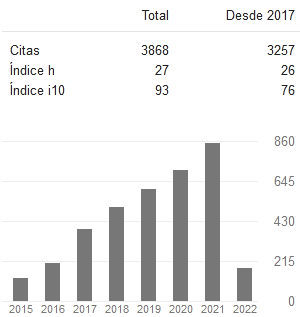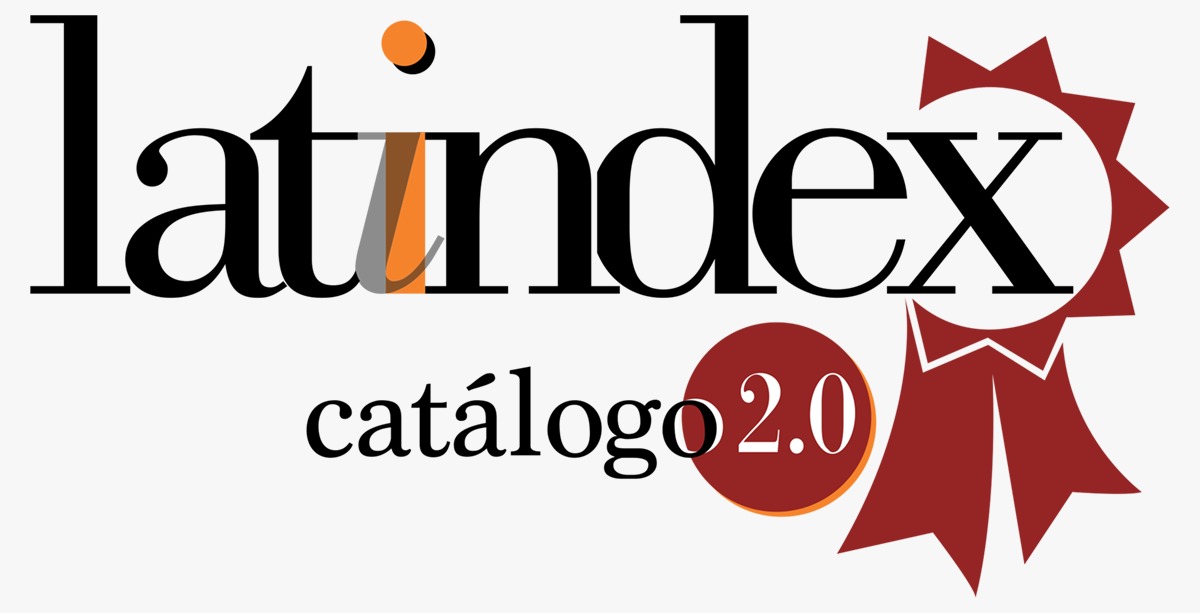CRITERIA TO MEASURE MOTIVATION TO UNIVERSITY STUDENTS AS FUTURE MATHEMATICS TEACHER
Keywords:
Motivation; Mathematics teaching-learning process; Learning srategies; Educational formation.Abstract
The article carries out a proposal to solve a problem in the career of Licentiate in Pedagogy of Experimental Sciences of the Lay University “Eloy Alfaro” of Manabí, referred to the motivation of the learning of Mathematics and Algebra. This is a problem that has caused reprehensions and abandonment of the career, due to the traditional transmisive procedures. For such a reason, this article, after a process of theoretical inquiry, the author, proposed a scale of valuation of the motivation degree for the study of Mathematics because of the use of methods and techniques of pedagogical scientific investigation. Everything, corroborated empirically, denotes its feasibility and its possibility of being put into practice in the teaching-learning process of the referred career, to make decisions that benefit its formative process.
References
Alonso, J. (1991): Motivación y aprendizaje en el aula. Cómo enseñar a pensar. Madrid:
Santillana.
Alonso, J. y Montero, I. (2001). Orientación motivacional y estrategias motivadoras en
el aprendizaje escolar. En: Coll, C., Palacios, A y Marchesi, A. (Eds.). Desarrollo
psicológico y educación 2. Psicología de la educación escolar. Madrid: Alianza; pp. 259-
Alsina, A. y Domingo, M. (2007). Cómo aumentar la motivación para aprender
matemáticas. España: SUMA; No. 56, pp. 23-31.
Allport G. (1971). La personalidad. Su configuración y desarrollo. La Habana: Edición
Revolucionaria.
Baroody, A. J. (1988). El pensamiento matemático de los niños. Madrid: .Aprendizaje
VISOR/MEC.
Bozhovich L. I. (1976). La personalidad y su formación en la edad infantil. La Habana:
Ed. Pueblo y Educación.
Camarena, G. P. (2006). La matemática en el contexto de las ciencias y los retos.
México: ESIME-IPN.
Camarena P. (2009). La Matemática en el contexto de la ciencia. México. Revista
Innovación educativa: Las matemáticas y la educación. Vol. 9, No. 46. 15-23.
Escaño, J. y Gil De La Serna, M. (2001). Motivar a los estudiantes y enseñar a
motivarse. España: Rev. Aula de innovación educativa; no. 101, pp. 6-12.
Escaño, J. y Gil De La Serna, M. (2006). Motivar a los estudiantes y enseñarles a
implicarse en el trabajo escolar. En: Borrego, C. (Ed.). Modelo integrado de mejora de
la convivencia. Barcelona: Graó.
Font, V. (1994). Motivación y dificultades de aprendizaje en matemáticas. España: Rev.
SUMA; no. 17, pp. 10-16.
Gardner, R. (1985). Social Psychology and Second Language Learning. The Role of
Attitudes and Motivation. USA: Ed Arnold.
Gómez-Chacón, I. (1999). Toma de conciencia de la actividad emocional en el
aprendizaje de la matemática. España: Rev. Uno; No. 21, pp. 29-45.
González, F. (1985). Psicología de la personalidad. La Habana: Ed. Pueblo y Educación.
González, F. (1989). Psicología, principios y categorías. La Habana: Ed. Ciencias
Sociales.
Graff, M. (2003). Cognitive style and attitudes towards using online learning and
assessment methods. Electronic Journal of e-Learning, Vol. 1, issue 1, pp. 21-28.
Martinez, O. (2010). Estudio y desarrollo de la motivación hacia el aprendizaje durante
la formación profesional. Habana: Editado IDNS “Arides Estévez Sánchez”
Maslow A. (1982). La amplitud potencial de la naturaleza humana. México: Ed. Trillas.
Paglilla, D. y Zavanella, A. (2005). La motivación del deporte. Tomado de:
http://www.psicologia-online.com/articulos/2005/motivacion_deporte.shtml.
Planas, N. (2002). Enseñar matemáticas dando menos cosas presupuestas. España:
Rev. Uno; no. 30, pp.114-124.
Skemp, R. (1980). Psicología del aprendizaje de las matemáticas. Madrid: Morata.
Tapia, J. A. (2003). Motivar para Aprender. En: Herramientas para la Reflexión
Pedagógica. Bogotá: Santillana.
Vigotsky, L. S. (1964). Pensamiento y lenguaje. Buenos Aires: Lantaro.
Vigotsky, L. S. (1979). El desarrollo de las funciones psíquicas superiores. Barcelona:
Critica.
Vigotsky, L.S. (1984). Aprendizaje y desarrollo intelectual en la edad escolar. Madrid.
Ed. Infancia y Aprendizaje.
Young, D. J. (1990). An investigation of students' perspectives on anxiety and
speaking. Foreign Language Annals, 23, pp. 539-535.
Zemelman, S., et al (1998). Best Practice: New Standards for Teaching and Learning in
America's Schools. USA: Hinemann.
Downloads
Published
How to Cite
Conference Proceedings Volume
Section
License
Copyright (c) 2020 Betty Dalinda Margarita Bravo Andrade, Maydelin Tamayo Batista, Joel Antonio Pinargote Jiménez

This work is licensed under a Creative Commons Attribution 4.0 International License.
Usted es libre de:
- Compartir — copiar y redistribuir el material en cualquier medio o formato
- Adaptar — remezclar, transformar y construir a partir del material para cualquier propósito, incluso comercialmente.
Bajo los siguientes términos:
- Atribución — Usted debe dar crédito de manera adecuada, brindar un enlace a la licencia, e indicar si se han realizado cambios. Puede hacerlo en cualquier forma razonable, pero no de forma tal que sugiera que usted o su uso tienen el apoyo de la licenciante.
- No hay restricciones adicionales — No puede aplicar términos legales ni medidas tecnológicas que restrinjan legalmente a otras a hacer cualquier uso permitido por la licencia.













































